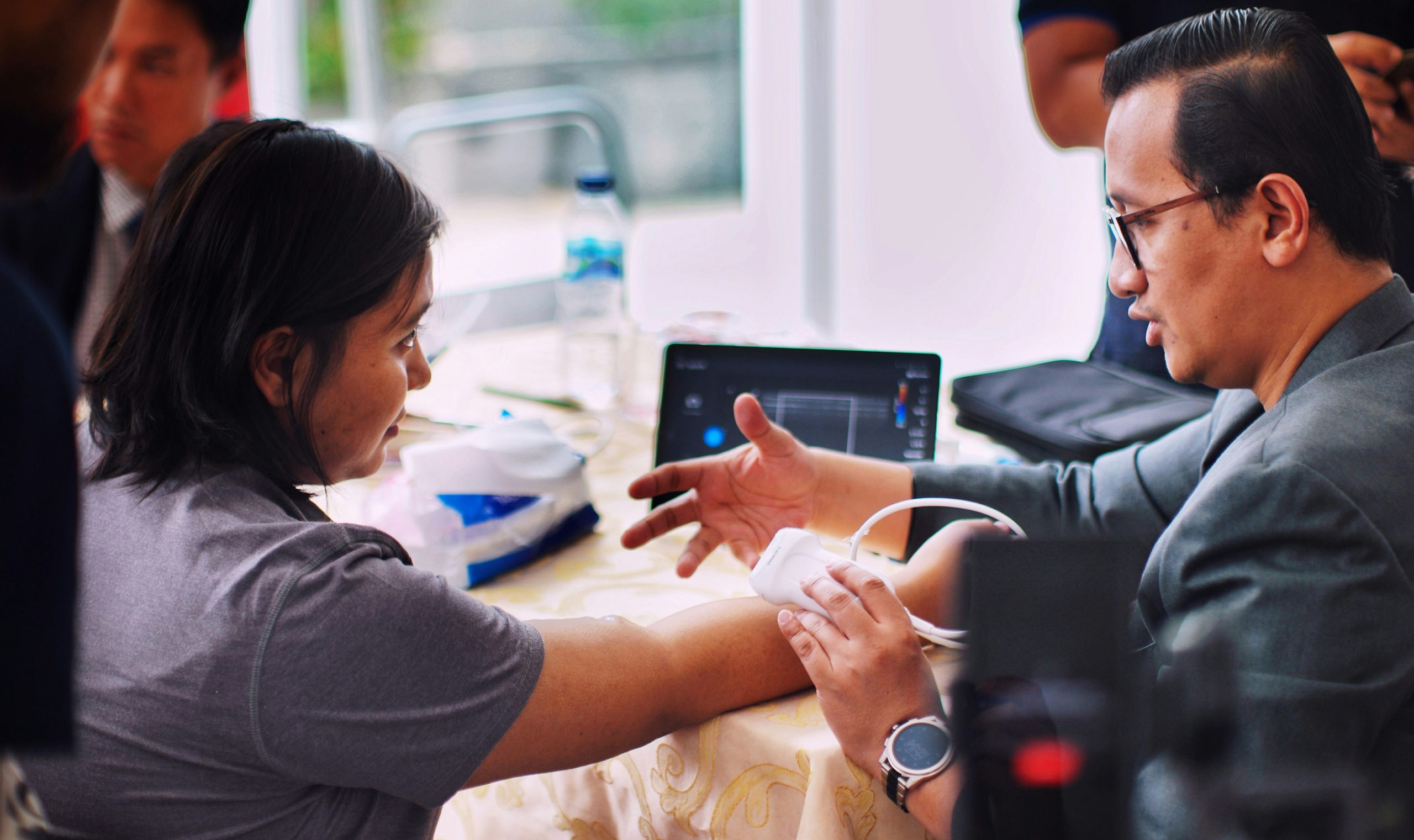A vascular center in Memphis focuses on treating blood vessel disorders and makes sure blood flows smoothly through thorough, well-planned therapy. Skilled teams employ crisp images, soft equipment, and small access sites to correct edema, obstruction, or bleeding while keeping the patient comfortable. There are organized stages for testing, treatment, and aftercare that help bodies recover easily, schedules operate routinely, and stress levels reduce at every stage. Strong planning, quiet rooms, and friendly personnel make the process from the first visit to recovery smooth and consistent.
Care that is Focused on Blood Vessels
A dedicated vascular team carefully monitors blood arteries, keeps an eye on variations in flow, and acts when narrow places endanger stable circulation. Doctors look at scans, blood tests, and skin color together. They then set specific objectives and make a strategy for mild stages that fit the patient’s medical history. Strong communication between rooms, records, and support workers cuts down on delays, keeps everyone safe, and helps healing go smoothly so that people may get back to their regular everyday lives. Nurses check the pulses and color in the limbs, write down any changes, and let physicians know when the flow reduces or the swelling grows. Technologists run imaging equipment, keep photos clear, and save data properly so that subsequent checks may validate progress and make changes right away. Administrators take care of scheduling, insurance, and transportation issues without a hitch. This lets medical professionals concentrate on treatment programs, safe operations, and gradual recovery.
Easy Visits and Quick Recovery
Outpatient rooms make it easy for patients to get there quickly and leave safely. Most patients may go home shortly after their monitoring stops. Staff cut down on wait times by planning labs, imaging, and consent stages in advance, so treatment begins on schedule and finishes without having to make rushed decisions. Families and care givers may help with healing with calm confidence thanks to clear discharge papers that describe how to care for wounds, when to take medication, and what to look for. Follow-up calls check for comfort, dryness at the entrance site, and limb strength. This helps teams resolve issues early so that individuals don’t have to go back to the emergency room. Physical therapists tell their patients to do light exercise, stretch, and stroll to keep their blood flowing, protect sensitive regions, and increase strength. Dietitians keep an eye on patients’ salt, water, and fiber consumption when their prescriptions are altered to keep them from swelling, give them more energy, and keep their digestion going.
Memphis Vascular Center’s Advanced Care
The Memphis Vascular Centre has modern chambers with imaging displays, soft gadgets, and air systems that help with exact vessel care. Experienced doctors carefully determine the right tool sizes, guide thin tubes smoothly, and halt bleeding to protect nearby tissues and avoid pain from happening. Checklists make sure that every procedure, item, and record is proper, while strict cleanliness regulations, continuous hand washing, and sealed packs decrease the danger of infection. Radiation safety officials keep an eye on exposure levels, establish timed limits, and educate workers to ensure low radiation doses and maintain high image clarity. Pharmacists verify drug mixtures, allergies, and kidney strength, prepare contrast carefully, and keep an eye on responses to preserve organs and keep the flow going. Quality teams frequently examine results, keep track of the frequency of complications, and change methods to make sure that everyone, including patients, families, and partners, can trust that things are getting better.
Clear Instructions and Help after the Fact
Staff utilize simple language, a steady tone, and pauses to discuss problems, tests, and treatments. This makes complicated care routes seem calm and easy to handle. To assist families in recuperating without confusion or calling, printed instructions show when to take medicine, how to walk, and how to care for wounds. Care givers may check progress and ask questions before follow-up visits using online portals that display appointments, test results, and medical comments. Case managers handle transportation, childcare, and employment paperwork, allowing participants to concentrate on healing, comfort, and daily routines. Social workers help patients locate community, assistance, and home care. This makes things less expensive and keeps treatment plans on track. Phone triage staff answer queries, arrange appointments, and flag danger flags early to keep things moving forward after each surgery and avoid setbacks.
Collaboration and local access technology
As care transitions between clinics, hospitals, and primary care physicians, digital records are promptly shared, preserving information. Local labs quickly conduct blood tests, share results, and notify treatment teams of urgent changes or medication doses. Nearby pharmacies coordinate prescription renewal, delivery, and interaction monitoring. Patients can follow their goals, reduce medicine shortages, and manage blood pressure and sugar. Community outreach initiatives promote diet, exercise, and smoking cessation. Arterial difficulties become less likely, and treatment improves. Flexible hours, enough parking, and clear instructions simplify travel for older people, workers, and families. Clinics and rehab centers collaborate locally to exchange information, eliminate repeat testing, maintain progress, and avoid setbacks. Staff provide clarity with appointment reminders, referrals, and follow-ups. Printed materials and language assistance help more individuals follow instructions.
Conclusion
A vascular center in Memphis provides therapy that restores blood flow, cuts down on hospital stays, and helps the body recuperate via mild, scheduled operations. Strong teams, safe instruments, and clear instructions make therapy go smoothly, lower stress, and provide outcomes that last through the seasons. Thoughtful planning, honest communication, and regular follow-up maintain comfort, stop setbacks, and keep health objectives strong without extra expenses or delays. Consistent care, clear instructions, and services keep things moving forward, protect the strength of the vessel, and allow life to go on while therapy does its job.
